Amazing facts
How much do you know about Christmas Island? Check your knowledge with these fascinating facts about the island and its national park.
How big is Christmas Island National Park?
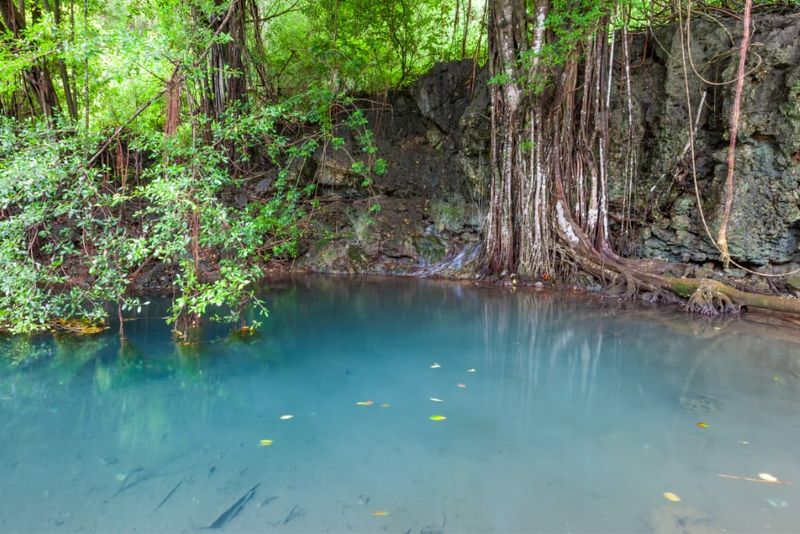
Eighty-five square kilometres in size, Christmas Island National Park makes up almost two thirds of the island.
What is the island’s land mass made of?
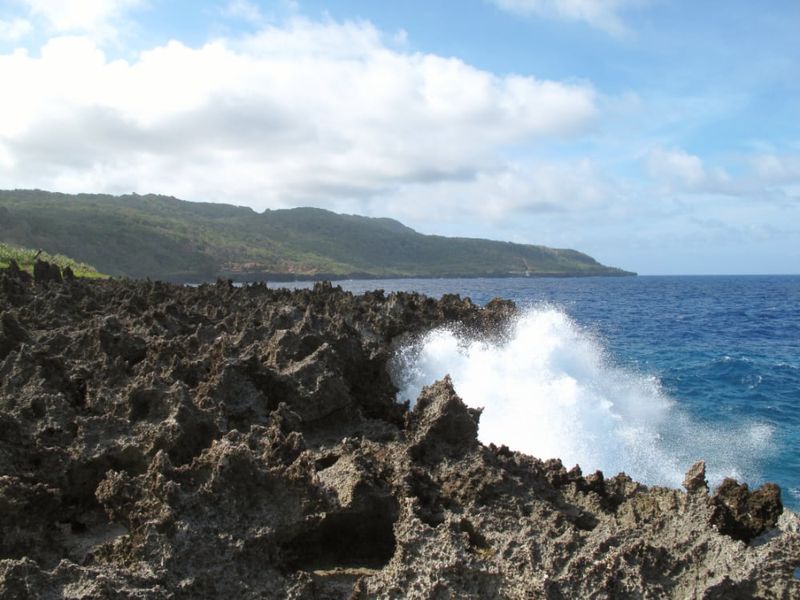
Rocky landscapes in the park
Christmas Island is the peak of a steep basalt volcanic seamount that rose 5000 metres from the ocean floor about 60 million years ago.
The highest point of the island is Murray Hill, at 361 metres above sea level.
When was the island first settled?
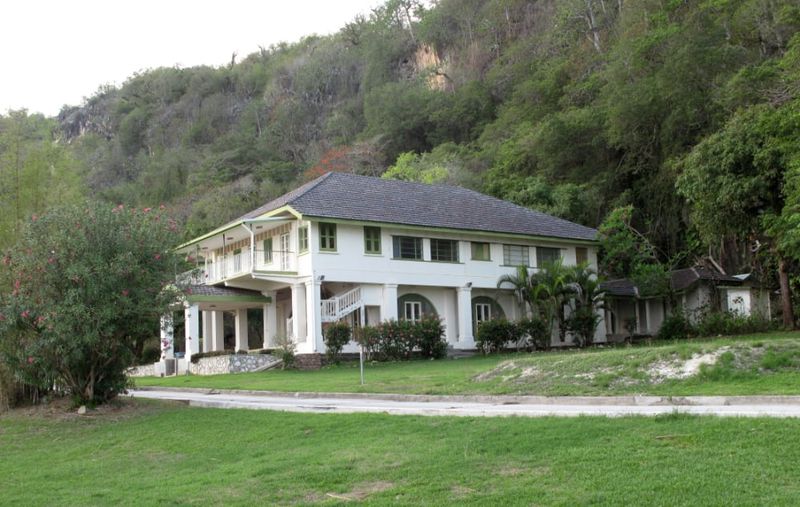
Human settlement of Christmas Island began in 1888, when George Clunies-Ross, the owner of the Cocos (Keeling) Islands, sent his brother Andrew and a small party of Cocos Malay workers to form a settlement at Flying Fish Cove. He did this to pre-empt any other claim to the island’s phosphate resources.
Read more about Christmas Island’s history
How many crabs are there on Christmas Island?
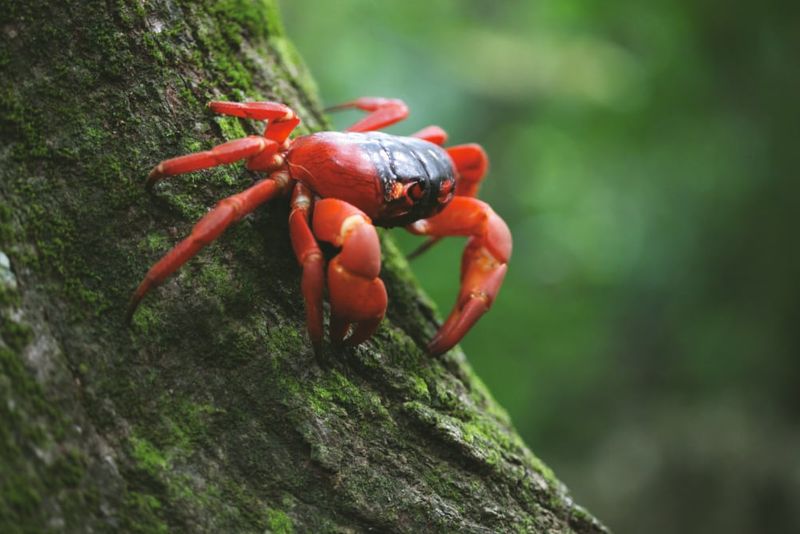
More than 20 land crab species live on Christmas Island, including an estimated 100 million red crabs, who shape and maintain the health of the island’s unique rainforests.
Some of the land crabs you might see here are:
- Robber crab (Birgus latro)
- Red hermit crab (Coenobita perlatus)
- Purple hermit crab (Coenobita brevimanus)
- Tawny hermit crab (Coenobita rugosus)
- Red crab (Gecarcoidea natalis)
- Purple crab (Gecarcoide lalandii)
- Blue crab (Discoplax hirtipes)
- Brown crab (Epigrapsus politus)
- Horn-eyed ghost crab (Ocypode ceratophthalmus)
- Smooth-handed ghost crab (Ocypode cordimanus)
- Little nipper (Geograpsus grayi)
- Red nipper (Geograpsus stormi)
- Yellow nipper (Geograpsus crinipes)
- Yellow-eyed crab (Sesarma obtusifrons)
- White-stripe crab (Labaunium rotundatum)
- Jackson’s crab (Sesarma jacksoni)
- Mottled crab (Metasesarma obesum)
- Grapsus crab (Grapsus tenuicrustatus)
- Sandy rubble crab (Cyclograpsus integer)
- Freshwater crab (Ptychognathus pusillus)
How many invertebrates live on the island?
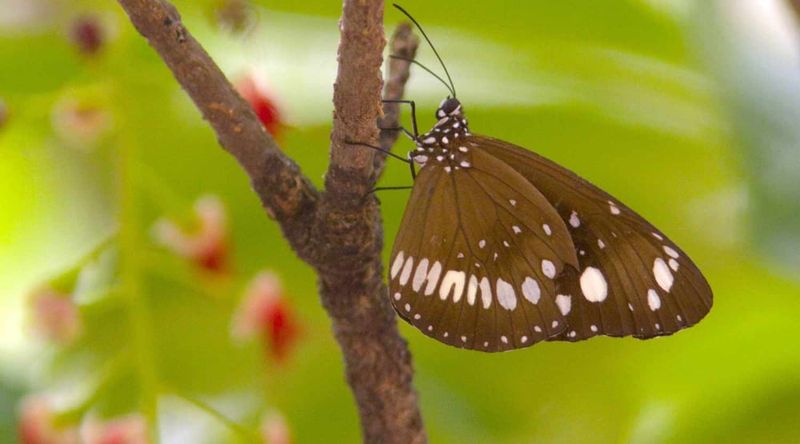
Christmas Island’s invertebrates include 14 types of snail, 28 types of butterfly, 70 types of moth, 90 types of beetle, 30 types of spider, 1 species of scorpion and 5 species of false scorpions.
This number is likely to grow, with several hundred invertebrates collected that are yet to be formally identified by scientists.
Is there any unique plant life?

About half of Christmas Island’s unique plant life is not found anywhere else in Australia.
How many reptiles are found on the island?
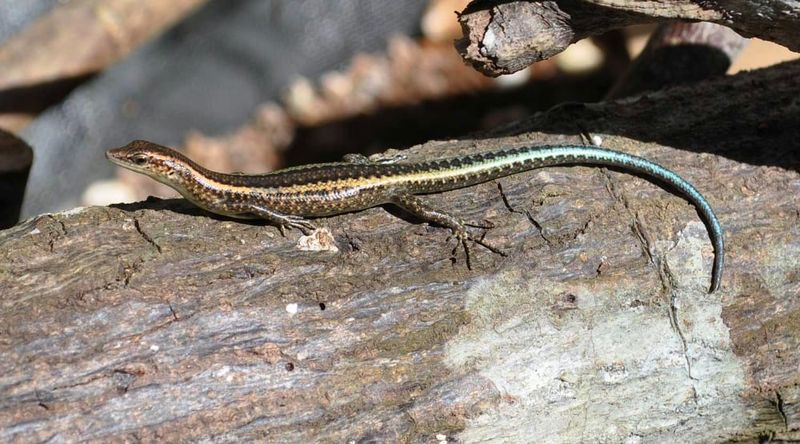
Christmas Island is home to five native land-based reptiles.
Four species are endemic, which means they aren’t found anywhere else on earth. They are:
- blue-tailed skink
- giant gecko
- Lister’s gecko
- pink blind snake (a burrowing snake).
The fifth native reptile, the foreshore skink, is common on oceanic islands.
How many seabirds nest on the island?
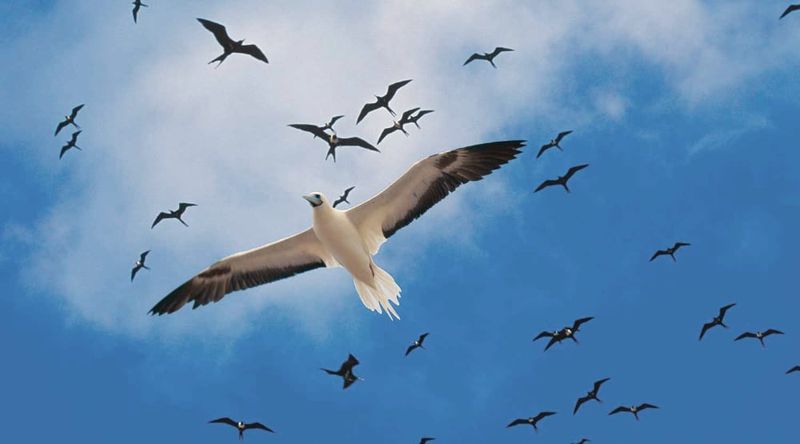
Seabirds in flight
The island is one of the world’s truly spectacular tropical seabird rookeries, with around 80,000 seabirds nesting here each year.
Are there any species that have gone extinct?

At least five animal species have gone extinct on Christmas Island since the island was settled by humans. They are:
- Maclear’s rat (Rattus macleari) – went extinct in the early 1900s, probably due to diseases introduced by non-native black rats.
- Christmas Island rat (Rattus nativitatis) – died out around the same time as Maclear’s rat, again probably due to introduced diseases.
- Christmas Island pipistrelle (Pipistrellus murrayi) – this small bat was last seen in 2009.
- Christmas Island forest skink (Emoia nativitatis) – the last known individual died in 2014, making the forest skink the first native Australian reptile to go extinct since European colonisation.
- Coastal skink (Emoia atrocostata) – this small lizard died out on Christmas Island in the early 21st century but can still be found in other parts of the world.
The Christmas Island shrew (Crocidura trichura) has not been seen since 1985 and is likely also extinct.

